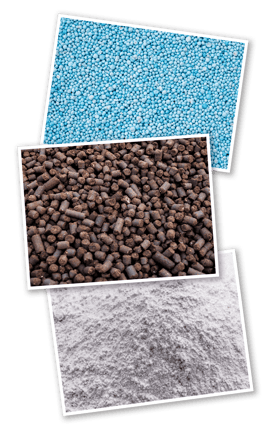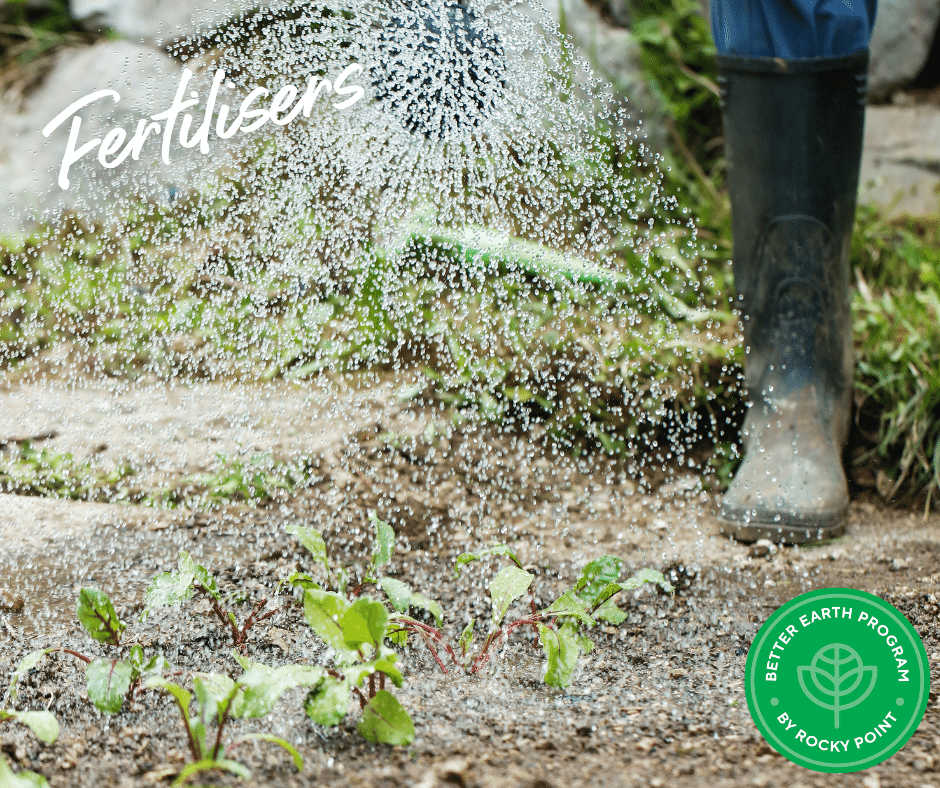Fertilising your plants is a very important factor when it comes to gardening success; after all, it's how plants get the nutrients they need to grow to their full potential. With so many fertilisers on the market,
choosing which fertiliser to use for what, and how often to use them, can be a little overwhelming, where do you even start?
Inorganic and Organic fertilisers: What’s the difference?
Inorganic fertilisers, also referred to as synthetic fertilisers, are manufactured artificially and contain minerals or synthetic chemicals.
Organic fertilisers contain only plant or animal-based materials that are either a by-product or end-product of naturally occurring processes, such as manures, leaves, and compost.
Organic fertilisers continue to improve the soil long after the plants have taken the nutrients they need. Therefore, the longer your soil is fed with organic fertilisers, the better its composition and texture. So, while inorganic fertiliser may be cheaper in the short term, it adds less to the soil in the long term. Choosing a variety of certified organic types of fertilisers means you will have flexibility when it comes
to feeding a variety of types of plants and how they’re being grown.
 Types:
Types:
Controlled or Slow-Release Granules
Typically, a synthetic fertiliser, these granules release nutrients as they breakdown which is usually triggered by temperature and/or contact with water. The breakdown rates can range from a couple months to over a year making them ideal to set and forget. They are best used on potted plants, both indoor and out.
Powdered Fertilisers and Additives
The powdered forms of products such as blood & bone, gypsum and mineral blends can be easily applied by sprinkling on and watering in. They are ideal for potted plants and garden beds with long lasting results.
Pelletised Fertilisers
Made from manures, composts and blood & bone, pelletised fertilisers bring the best of both worlds. They feed plants reasonably quickly once applied and will continue to feed as the pellets breakdown.
Liquid Concentrates
Most often seen as fish emulsion, kelp, or liquid blood & bone; liquid fertilisers are generally the fastest acting fertiliser as they deliver nutrients in a form that is easier for the plant to take up. Once mixed and diluted, liquid fertilisers can be used as a foliar application as well as a soil applied fertiliser.
NOTE: As with all fertilisers it is best to follow the directions on the packaging for how to use.
What you are growing will dictate what fertilisers you will need.
Check with qualified staff at your local garden centre or hardware store for guidance on what to use on what, when and how often. As we reach the end of winter it’ll be the prime time to have your fertiliser choices at the ready as we head into the main growing seasons of spring and summer.
Rocky Point have created a great range of easy-to-use certified organic pelletised fertilisers covering a large variety of your gardens fertilising needs in easy to store and use packaging.
Looking for more great gardening info like this? Subscribe to the Better Earth Program to receive Better Earth Secrets Magazine direct to your inbox each season.
_MEB.png?width=842&height=596&name=RP_HorizontalColour(R)_MEB.png)



